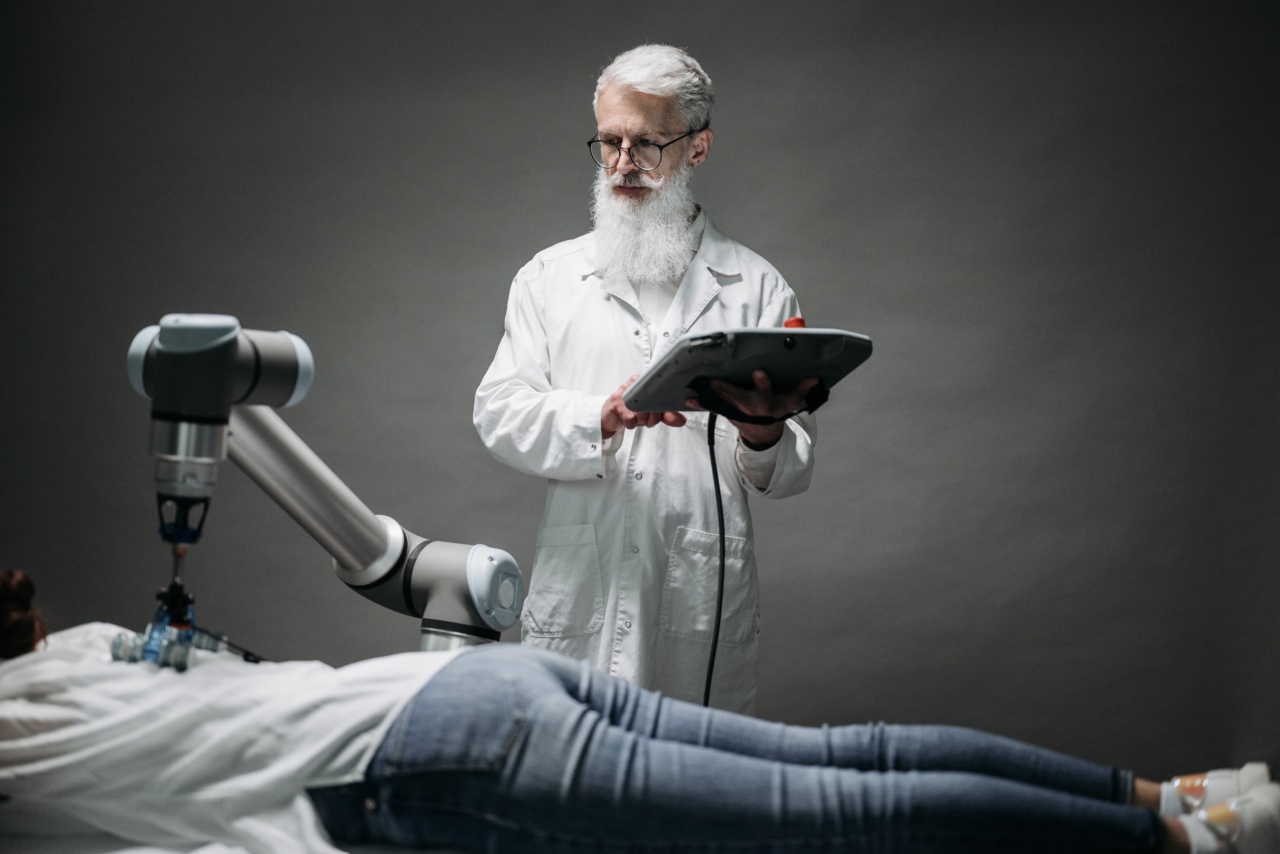Technology is constantly changing the way we live our lives. From smartphones to self-driving cars, advancements in technology have transformed many industries. One industry that has seen significant progress in recent years is the field of robotics.
Specifically, the development of thought-controlled robotic arm technology has the potential to revolutionize the lives of individuals with disabilities.
What is a thought-controlled robotic arm?
A thought-controlled robotic arm is a device that uses electrodes implanted in the brain to control movements in a robotic arm.
This technology is based on the principle of brain-machine interfaces (BMIs), which allow individuals to control devices using their thoughts. By implanting electrodes into the brain and connecting them to a computer, individuals are able to control the movements of a robotic arm simply by thinking about them.
How does it work?
Thought-controlled robotic arms work by converting the electrical signals in the brain into digital commands that the computer can understand. These commands are then sent to the robotic arm, which moves in response to the individual’s thoughts.
The electrodes used in BMIs are capable of detecting the firing of individual neurons in the brain, allowing for precise control over the movements of the robotic arm.
Who can benefit from thought-controlled robotic arms?
Thought-controlled robotic arms have the potential to benefit a wide range of individuals, particularly those with disabilities.
For example, individuals with spinal cord injuries or neuromuscular disorders may be unable to move their arms, making daily tasks such as eating and dressing difficult. Thought-controlled robotic arms could allow these individuals to regain some independence by providing them with the ability to perform these tasks with ease.
In addition, thought-controlled robotic arms could benefit individuals working in industries such as manufacturing and construction. These arms could be used to perform tasks that would be difficult or dangerous for humans to complete.
Current developments in thought-controlled robotic arm technology
Significant progress has been made in the development of thought-controlled robotic arm technology in recent years.
In 2012, researchers at the University of Pittsburgh announced that they had successfully implanted electrodes in the brain of a quadriplegic patient, allowing him to move a robotic arm using only his thoughts.
Since then, several companies have developed thought-controlled robotic arm technology. One such company is BrainRobotics, which has developed a lightweight, affordable prosthetic arm that can be controlled using the power of the mind.
Another company, Neuralink, which was founded by Elon Musk, is working on developing a high-bandwidth, implantable BMI that could allow individuals to control computers and other devices using their thoughts.
The future of thought-controlled robotic arm technology
The potential applications for thought-controlled robotic arm technology are vast, and it is clear that this technology has the potential to revolutionize many industries.
As advancements in this technology continue to be made, it is likely that we will see even more innovative and groundbreaking applications.
Some researchers believe that one day, thought-controlled robotic arms could rival human arms in terms of functionality.
This could have significant implications for individuals with disabilities, as well as for industries that rely on the use of robotic arms.
Conclusion
The development of thought-controlled robotic arm technology is a groundbreaking achievement that has the potential to transform the lives of individuals with disabilities and revolutionize many industries.
As advancements in this technology continue to be made, it will be exciting to see what new applications will be discovered.






























